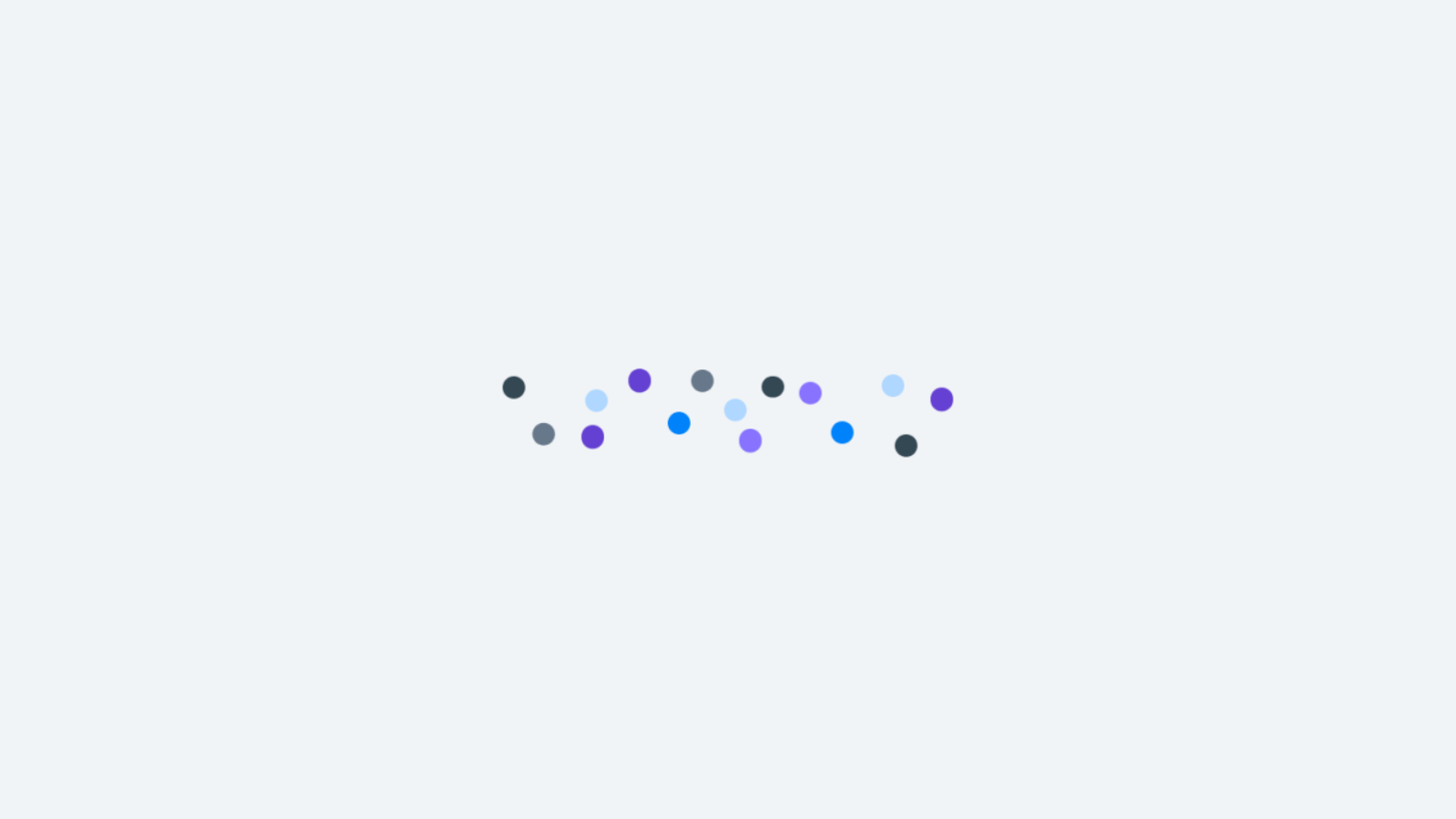Explore the significance of Facebook advertising as a vital tool for modern marketing strategies. With over 2.8 billion active users, businesses can leverage advanced targeting options and various ad formats through Facebook Ads Manager to maximize visibility and engagement. This comprehensive guide covers the importance of audience segmentation, budgeting strategies, and creating compelling ad content, alongside insights into tracking performance and overcoming common advertising challenges. As technology evolves, learn how the future of Facebook advertising may incorporate AI and AR to enhance user experience and engagement, allowing brands to effectively connect with their target audiences.
Facebook advertising, a prominent feature of the social media giant, is a crucial tool utilized by businesses to connect with their target audiences in an increasingly digital world. The primary purpose of Facebook advertising is to allow businesses to promote their products and services through targeted campaigns, which can significantly enhance visibility and engagement. With over 2.8 billion monthly active users, Facebook provides a unique platform where advertisers can reach a diverse demographic, making it an essential element of contemporary digital marketing strategies.
In the dynamic landscape of online marketing, Facebook advertising has evolved into a necessity for businesses seeking to establish a robust online presence. Utilizing tools such as Facebook Ads Manager, advertisers can efficiently create, manage, and analyze campaigns tailored to specific audiences. The platform allows for the segmentation of users based on various attributes, including interests, behaviors, and demographics. This targeted approach enables businesses to maximize their return on investment by reaching individuals more likely to convert into customers.
Moreover, the rise of social media consumption has shifted consumer behavior, with many users now relying on platforms like Facebook for product discovery. Incorporating Facebook advertising into marketing strategies enables businesses to not only promote their offerings but also engage with potential customers effectively. The platform’s visual and interactive ad formats, such as videos and carousel ads, further enhance the potential for engagement, allowing brands to tell their stories compellingly.
As businesses continue to navigate the complexities of the digital marketplace, understanding the fundamentals of Facebook advertising is critical. By leveraging the capabilities of Facebook Ads Manager and utilizing its various targeting options, businesses are better positioned to connect with their audiences and drive growth in 2025 and beyond.
Table of Contents
ToggleThe Importance of Facebook Advertising
Facebook advertising has emerged as a cornerstone of modern marketing strategies, reflecting the platform’s immense user base and engagement levels. With over 2.8 billion monthly active users as of late 2023, Facebook presents a unique opportunity for businesses to access a diverse audience worldwide. The expansive reach of Facebook indicates that advertisers can target specific demographics, interests, and behaviors, making their campaigns not only relevant but also highly effective.
The power of Facebook Ads Manager allows businesses to create tailored campaigns that can boost brand visibility and increase consumer interaction. Statistics reveal that advertisements on Facebook have the potential to reach over 1.9 billion people daily. Such data highlights how crucial Facebook advertising has become for organizations, from startups to large corporations, striving to connect with potential customers through the platform.
Engagement statistics further elucidate the effectiveness of Facebook advertising. Studies have shown that posts boosted with Facebook ads see, on average, 123% more engagement compared to organic posts alone. This engagement is vital for brands looking to enhance their online presence and foster customer relationships. Additionally, advertisements that leverage Facebook’s targeting capabilities drive higher conversion rates, enabling businesses to generate leads and retain customers more efficiently.
Furthermore, the integration of video content in Facebook advertising has proven to be particularly effective, with users reportedly retaining 95% of a message when viewed through video compared to just 10% when reading it in text. This aspect emphasizes the importance of utilizing rich media formats to capture audience attention, ultimately driving traffic and sales.
As the digital landscape evolves, businesses must acknowledge the strategic significance of Facebook advertising in reaching broader audiences and achieving marketing goals. The unique features and extensive reach of Facebook remain paramount for driving successful advertising campaigns, underlining its importance as a vital tool in any comprehensive marketing plan.
Types of Facebook Ads
Facebook advertising offers a variety of ad formats designed to cater to different marketing objectives and audience engagement strategies. Understanding these types can significantly enhance an advertiser’s effectiveness in utilizing the Facebook Ads Manager for campaign creation and management.
One of the most common formats is the image ad. These ads typically feature a single image that captures attention quickly and delivers a concise message. They are particularly effective for straightforward promotions or when showcasing a singular product. Advertisers value this format for its simplicity and ease of creation, making it ideal for businesses new to Facebook advertising.
Video ads, another popular choice, allow for greater storytelling potential. This format is excellent for brand awareness and can convey more complex messages compared to image ads. Videos can appear in various places on Facebook, including the news feed and stories, reaching audiences effectively. Engaging visuals and sound can build a stronger connection with viewers, enhancing recall and engagement.
Carousel ads provide a dynamic experience by allowing advertisers to showcase multiple images or videos within a single ad. Users can swipe through these options, making it particularly suitable for displaying a range of products or features. This format encourages interaction, as it invites users to explore more, ideally leading to increased interest in offerings.
Collection ads provide an immersive experience by combining videos, images, and product catalogs. This format is especially beneficial for e-commerce businesses, enabling users to browse products instantly. When used effectively, this can expedite the transition from interest to purchase, thus optimizing the advertising journey.
Ultimately, choosing the right format depends on the specific goals of the advertising campaign and the nature of the products or services being offered. By strategically selecting from these types of Facebook ads, businesses can maximize their reach and impact on potential customers.
Targeting and Audience Segmentation
Facebook advertising offers robust targeting capabilities that allow advertisers to precisely define their audiences. By leveraging the comprehensive data available on users, advertisers can create campaigns that resonate with specific demographic groups. Key demographic factors include age, gender, location, and education level, which can be adjusted to ensure ads reach the most relevant audience. This granular targeting is essential for maximizing the effectiveness of advertising efforts and budgets.
In addition to basic demographics, Facebook ads manager enables advertisers to refine their audience selections further by tapping into users’ interests and behaviors. Advertisers can choose from a wide array of categories based on user interests such as hobbies, shopping habits, or entertainment preferences. Utilizing this interest-based targeting allows brands to connect with potential customers who are more likely to engage with their content, fostering a more meaningful interaction.
Another notable feature of Facebook advertising is the ability to create custom audiences. This functionality allows advertisers to upload existing customer databases or utilize engagement data from previous campaigns to target individuals already familiar with their brand. By segmenting these audiences, businesses can tailor their advertising messages to specific groups, enhancing relevance and improving conversion rates. Mastering audience segmentation is crucial for developing effective ad campaigns that deliver results across different user demographics.
For advertisers in 2025, understanding these targeting dynamics within Facebook ads manager is vital. With competition for user attention growing, utilizing Facebook advertising’s advanced targeting tools can facilitate more personalized and impactful advertising experiences. By adopting a strategic approach to audience segmentation, brands can optimize their ad campaigns, resulting in higher engagement and, ultimately, increased sales.
Setting a Budget and Bidding Strategy
Establishing a budget for Facebook advertising is a critical step in ensuring that your campaigns are financially sustainable and effective. Before launching a campaign, you need to decide how much you are willing to invest. This budget not only dictates how long your ads can run but also influences their overall reach and frequency. It is essential to align your budget with your business goals to maximize the impact of your advertising efforts.
Facebook Ads Manager provides users with flexible budgeting options, allowing advertisers to create both daily and lifetime budgets. A daily budget specifies the maximum amount spent on an ad daily, while a lifetime budget sets a cap for the entire campaign duration. This flexibility enables advertisers to manage costs while still exploring the capabilities of Facebook advertising. Understanding the relationship between your budget and performance metrics will also assist in making informed decisions moving forward.
When setting your budget, one must also consider the bidding strategy, which plays a significant role in how effectively your budget is utilized. Different bidding types include cost-per-click (CPC), where you pay each time someone clicks on your ad, and cost-per-impression (CPM), which charges you based on the number of times your ad is shown, regardless of clicks. Choosing the right strategy depends on campaign objectives; for awareness-building efforts, CPM may be more appropriate, while CPC is generally more suitable for actions, such as driving traffic to your website.
Additionally, optimizing ad spend is crucial for achieving the best return on investment (ROI). Regular monitoring and adjusting of your campaigns can help identify which ads are performing better and which need refinement. By analyzing performance data through Facebook Ads Manager, you can make informed adjustments to your budget and bidding strategies to enhance overall campaign effectiveness.
Creating Compelling Ad Content
The success of Facebook advertising significantly hinges on the quality of the ad content presented to potential customers. Crafting compelling ad copy requires a deep understanding of the target audience’s preferences, needs, and pain points. Use clear and concise language that highlights the value proposition of the product or service being advertised. Engaging headlines that entice users to click through are essential, while the body of the ad should provide relevant information in a digestible format. Employing a conversational tone can help in creating a connection with the audience, thereby increasing the effectiveness of the advertisement.
Visual elements play a vital role in Facebook advertising. Eye-catching images or videos should complement the written content to create a cohesive message that captures attention. Using high-quality visuals that reflect the brand’s identity is critical, as they not only enhance the appeal of the ad but also foster brand recognition. Implementing creative elements such as colors, typography, and overall layout can further distinguish the advertisement amidst the myriad of content users encounter on their feeds.
A/B testing is an indispensable strategy in optimizing Facebook ads manager campaigns. By creating multiple variations of the ad, including different headlines, images, and calls to action, advertisers can assess which combinations resonate most with their audience. Analyzing the performance metrics of these variations allows for data-driven decisions, ultimately enhancing the ad’s effectiveness. Continually refining ad content based on A/B testing results helps maximize return on investment and minimizes wasted advertising spend.
In this ever-evolving landscape of digital marketing, staying adaptable and responsive to audience feedback is essential. Crafting compelling ad content while utilizing strategic testing ensures that Facebook advertising campaigns can achieve their desired outcomes, thereby driving business growth and engagement initiatives effectively.
Tracking and Analyzing Ad Performance
Effective tracking and analysis of Facebook advertising performance are crucial for maximizing the impact of your campaigns. Utilizing the Facebook Ads Manager, advertisers can access a wide range of Key Performance Indicators (KPIs) that provide insights into the efficacy of their ad strategies. Among these, click-through rates (CTR), conversion rates, and engagement metrics are fundamental in evaluating ad performance.
Click-through rate reflects the percentage of users who click on an ad after viewing it, serving as a primary indicator of the ad’s relevance and appeal. A higher CTR often suggests that the ad content resonates with the target audience, while lower rates might indicate a need for revisions in targeting or creative to enhance engagement. Concurrently, conversion rates measure the effectiveness of turning clicks into meaningful actions, such as purchases or sign-ups, providing another layer of understanding in Facebook advertising strategies.
Engagement metrics, which encompass likes, shares, and comments, offer additional context regarding audience interaction with the ad content. These indicators not only enhance brand visibility but also signal audience sentiment and potential for organic reach. Facilitating a comprehensive analysis, advertisers are encouraged to utilize custom reports in Facebook Ads Manager, which allow them to dissect multiple metrics at once, enabling informed decision-making.
Moreover, A/B testing can be employed as a method to optimize ongoing campaigns. By running multiple variations of an ad, advertisers can identify elements that yield the best results, such as headlines, images, or call-to-action buttons. Engaging in this iterative process ensures that the ad campaigns evolve based on real-time data, thereby driving continuous improvements in performance.
In conclusion, the continuous monitoring and analysis of Facebook ads through precise KPIs, along with the strategic utilization of tools such as Facebook Ads Manager, provide the framework needed for effective campaign optimization.
Common Challenges in Facebook Advertising
Running campaigns on Facebook can present a myriad of challenges that advertisers must navigate to achieve optimal results. One prevalent issue is ad fatigue, which occurs when users see the same ad repeatedly, leading to decreased engagement and effectiveness. As audiences tire of seeing the same promotional content, it is crucial for advertisers to refresh their creatives regularly and consider A/B testing to discern which variations resonate best with their target demographics.
Another challenge that advertisers may encounter is audience overlap. This scenario arises when campaigns target similar audience segments, resulting in competition among ads and potentially inflating costs. Utilizing Facebook Ads Manager can aid in addressing this issue by allowing advertisers to analyze and manage overlapping audiences effectively. Implementing strict targeting criteria and considering custom audiences helps to minimize overlap, ensuring budget allocation is efficient.
Additionally, advertisers must adapt to frequent changes in Facebook’s advertising policies, which can affect how campaigns are structured and executed. These policy updates are often aimed at enhancing user experience and privacy, but they can pose obstacles for marketers who are otherwise familiar with previous best practices. Staying informed about these policy changes is essential, and regularly consulting Facebook’s official resources can provide clarity. Furthermore, developing a flexible advertising strategy that can quickly pivot in response to policy shifts is advantageous for maintaining campaign integrity and effectiveness.
By identifying these common challenges—ad fatigue, audience overlap, and evolving advertising policies—advertisers can strategize more effectively. Through proactive management and adaptability, it is possible to navigate the complex landscape of Facebook advertising and realize successful campaign outcomes in the dynamic digital marketplace.
The Future of Facebook Advertising
As we move toward 2025, the landscape of Facebook advertising is anticipated to undergo transformative changes driven by advancements in technology. The integration of artificial intelligence (AI) is set to redefine marketing strategies, enabling brands to create highly personalized and targeted ads. With the ability to analyze vast amounts of data, AI can identify consumer preferences and behaviors, allowing advertisers to tailor their campaigns to meet the specific needs of their audience. This customization can lead to increased engagement and a higher return on investment from Facebook ads.
Moreover, augmented reality (AR) is expected to play a significant role in enhancing user experience within Facebook advertising. By merging the physical and digital worlds, AR can create interactive ad formats that captivate users and encourage them to engage with products in a meaningful way. For instance, brands may utilize AR to allow users to visualize how a product would look in their environment, providing a more immersive shopping experience. This innovative approach can increase brand loyalty and drive conversion rates.
Additionally, the development of privacy regulations and consumer data protection laws is likely to influence how advertisers utilize Facebook Ads Manager. Brands will need to navigate these regulations carefully while still delivering effective advertising solutions. As consumer privacy becomes a priority, establishing trust will be paramount for brands seeking to engage effectively on social media platforms. Advertisers must focus on transparency and ethical advertising practices while leveraging sophisticated targeting technologies to reach their desired audiences strategically.
In conclusion, the future of Facebook advertising is poised for exciting advancements, particularly through the integration of AI and AR. As technological trends evolve, brands must adapt their advertising strategies and continue to innovate to maintain relevance in the ever-changing digital landscape. By capitalizing on these emerging technologies, businesses can harness the full potential of Facebook advertising in the years to come.



















